Developed by Guangzhou Zhongke Aerospace Exploration Technology (CAS Space), the Lijian-1 carrier rocket was successfully launched from the Jiuquan Satellite Launch Center in China. Making the largest number of satellites launched by a single Chinese rocket, it carried a record-breaking payload of 26 satellites into orbit.
A solid-fuel rocket, the Lijian-1 is currently China’s largest operational propellant launch vehicle. Measuring 98 feet (30 meters) in length, the rocket is capable of generating 400,000 pounds (181,437 kilograms) of thrust at liftoff. Undergoing its second flight, the rocket demonstrates the maturity of its technology and the improvement of its reliability.
Launched by the Lijian-1, the satellite will primarily be used for technology verification and commercial remote sensing information services. Valuable data and contributions to various applications, such as remote sensing, communication, and scientific research, will be provided by these satellites.
Similar Post
China’s advancements in commercial space launches and solid propellant rocket technology are showcased by the successful launch of the Lijian-1. The capacity of the rocket to deliver a payload of up to 1,500 kilograms into sun-synchronous orbits (SSO) is a significant improvement compared to previous Chinese commercial space rockets.
C A S Space plans to move forward by enhancing China’s solid propellant launch vehicle capabilities. Working on developing a sea launch platform for the Lijian-1, they are also in the process of creating a new solid rocket with a larger diameter of 3.5 meters .
China has recently achieved other notable milestones, such as the safe return of the Shenzhou 15 astronaut crew from the Tiagong space station after a six-month stay .Embarking on their own six-month mission on the Tiagong space station,the Shenzhou 16 astronauts were launched a week prior to that .China’s continuous progress and commitment to space exploration are highlighted by these accomplishments.




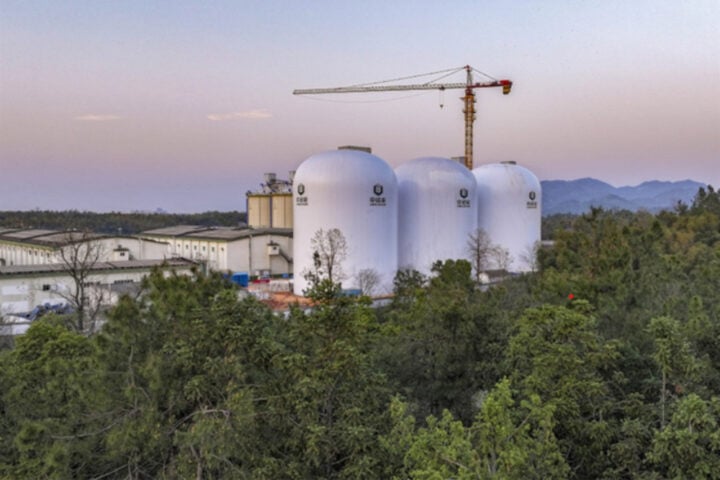





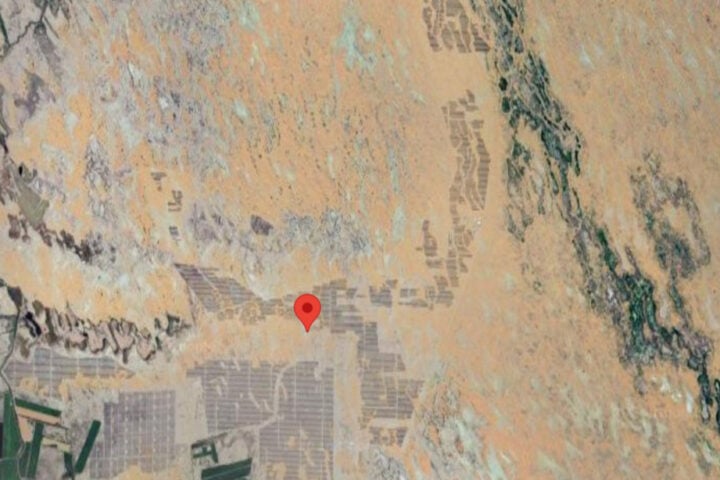

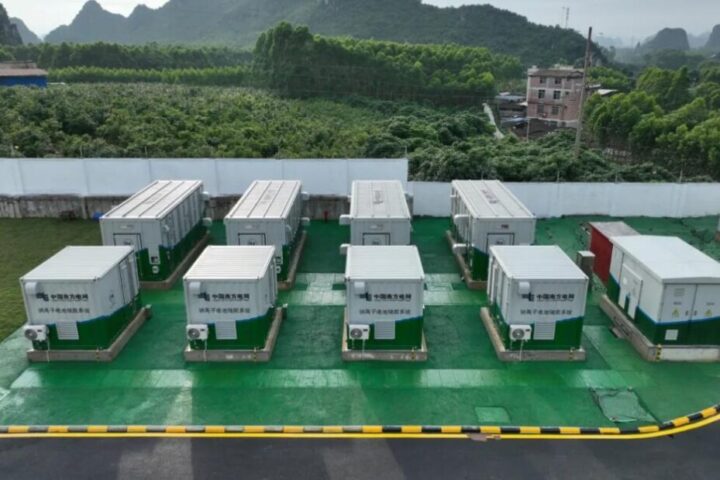

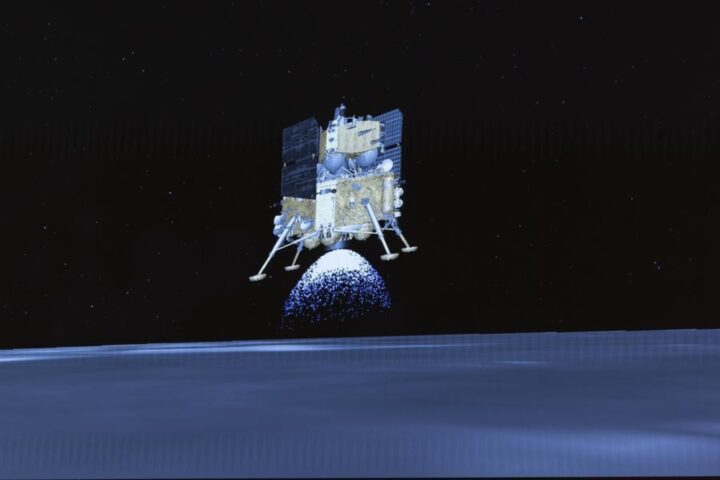

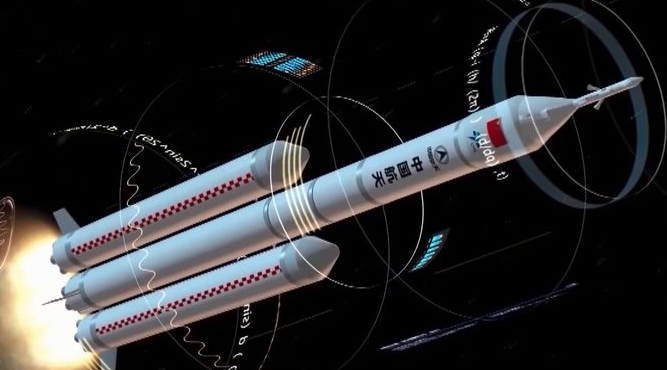
![This image taken from video animation at Beijing Aerospace Control Center (BACC) on June 2, 2024 shows the lander-ascender combination of Chang'e-6 probe landing on the far side of the moon. [Photo/Xinhua]](https://www.karmactive.com/wp-content/uploads/2024/06/spp.jpeg)
